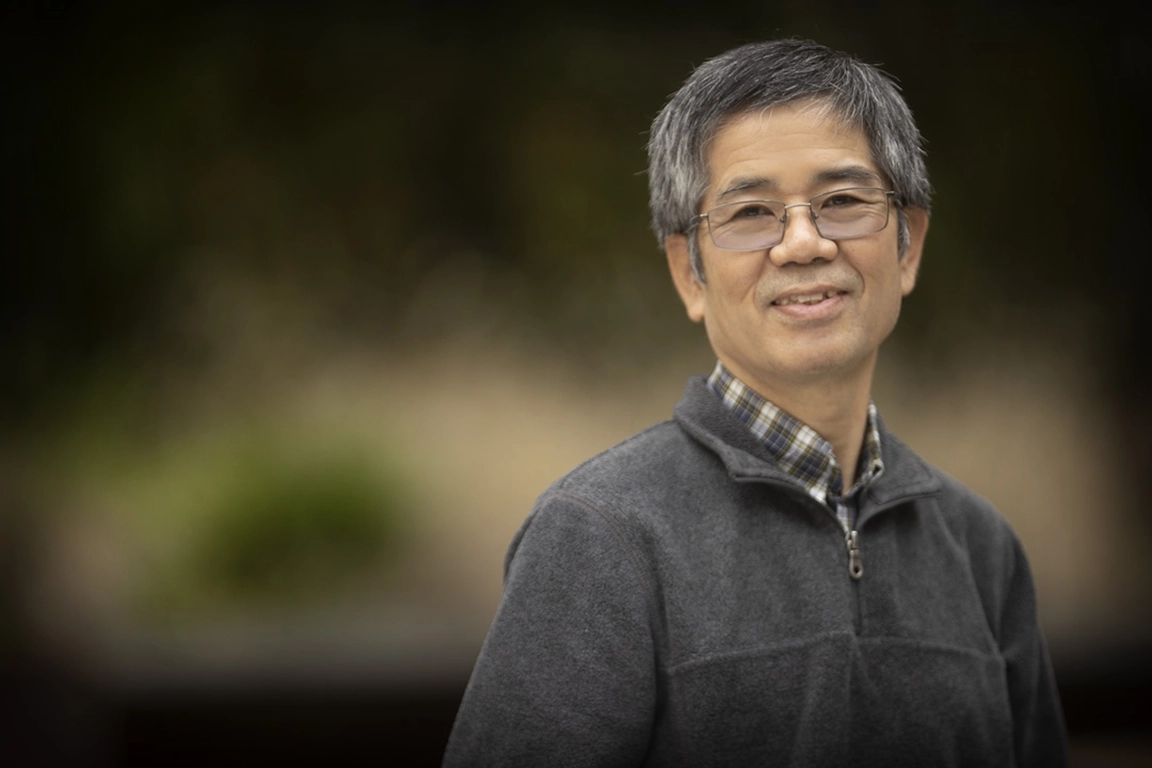- Cell and molecular biophysics
The Justus-Liebig University, 1992
Modulation of Exocytotic Secretion
The work in my group aims to study the intracellular signals regulating exocytosis using biophysical methods. All eukaryotic cells release organic substances for their own use or for intercellular communication. Exocytosis, fusion of a secretory vesicle into the plasma membrane, efficiently delivers cellular products outside a cell or into the plasma membrane. This cellular phenomenon is most elaborate at tiny synaptic terminals but, for biophysical experiments, endocrine cells have been a useful model system. We have studied the intracellular signals regulating the exocytosis of insulin from pancreatic islet cells. Recently interactions between islet cells using excitatory or inhibitory neurotransmitters have been demonstrated, and therefore we are currently investigating the exact modes of the paracrine actions, i.e. which cell generates what kind of signal and which cell responds to the signal. In parallel to the experimental approaches, in collaboration with Prof. M.Y. Choi’s statistical physics group at Seoul National University, we have developed a mathematical model for insulin secretion with molecular details. The model forms the basis for a deeper understanding of the mechanisms controlling islet hormone secretion. A current focus is to understand exocytosis in exocrine pancreatic epithelial cells to generalize the principles found in neurons and endocrine cells. Major biophysical tools to study exocytosis are patch clamp technique to study ion channels, carbon fiber amperometry to monitor single vesicle fusion, fluorescence methods to record the intracellular signals involved in exocytosis such as Ca, pH, and cAMP, and real-time fluorescence imaging and TIRF microscopy to track secretory vesicles in cytosol and near the membrane.
